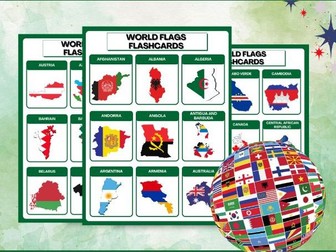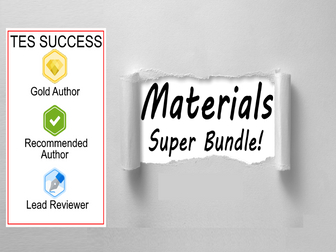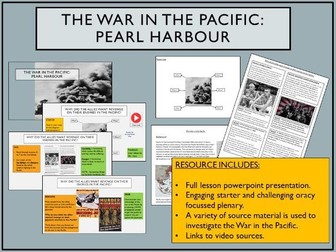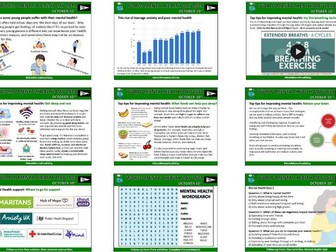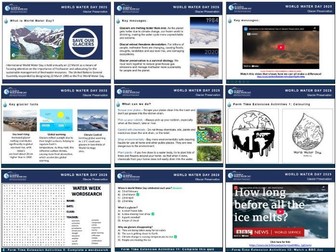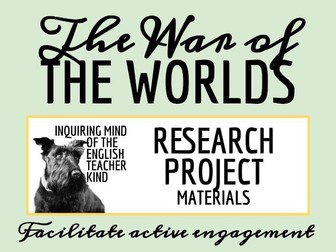World Flags Flashcards, Flags of The World, Geography Teaching Materials
<p>World Flags Geography Flashcards are the ultimate resource for teaching students about the flags of 195 countries from across the globe! This set includes bright and colorful illustrations, designed to capture attention and make learning fun and engaging. With 9 flashcards per page, these printables are perfect for any classroom or homeschool environment.</p>
<p>Use these flashcards to enhance your geography lessons, teach global geography in social studies, or create interactive activities like geography games and quizzes. These printable flag flashcards offer flexibility and convenience, making them an ideal resource for teachers, homeschool parents, or anyone who wants to expand their students’ knowledge of country flags and world geography.</p>
<p>Key Features:</p>
<p>Includes 195 country flags from around the world<br />
9 flashcards per page for easy printing and use<br />
Colorful and bright illustrations to engage students<br />
Ideal for geography lessons, social studies, and classroom activities<br />
Perfect for teachers, homeschoolers, and geography enthusiasts<br />
Great for use in geography games, quizzes, or as a visual resource<br />
Enhances students’ understanding of world geography and flags of countries<br />
Suitable for students of all ages, from elementary to middle school</p>
